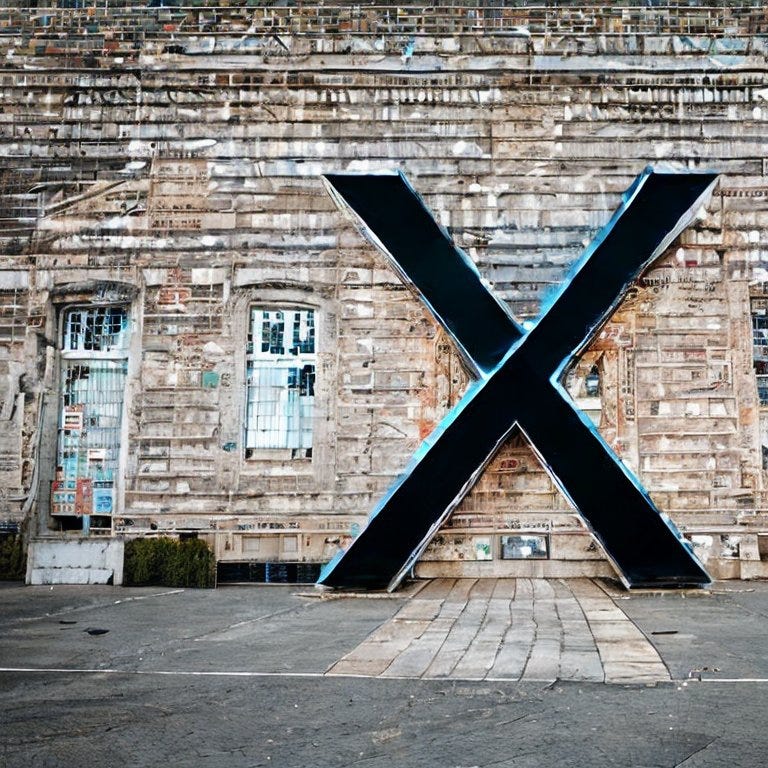This essay appears in Issue 5 of the Mars Review of Books. Visit the MRB store here.
Elon Musk
by Walter Isaacson
Simon & Schuster, 688 pp, $17.80
In G.K. Chesterton’s The Ball and the Cross, the whimsical Catholic apologist opines (through a dialogue between two characters gazing at the steeple of a church) about the proper hierarchy of the titular items atop the steeple. The unsubtly named nihilist revolutionary Professor Lucifer posits that the appearance of the cross atop a blank globe on the steeple of a church is an imposition of arbitrariness upon the perfect form of the sphere beneath it.
“This globe is reasonable; that cross is unreasonable,” says Professor Lucifer. “It is a four-legged animal, with one leg longer than the others. The globe is inevitable. The cross is arbitrary. Above all the globe is at unity with itself; the cross is primarily and above all things at enmity with itself. The cross is the conflict of two hostile lines, of irreconcilable direction.”
Professor Lucifer’s interlocutor, the Bulgarian monk Brother Michael, accepts this premise but asserts that the cross is truer to nature and to humanity, implicitly synthesizing Christian teleology with Darwinian evolution.
“That cross is, as you say, an eternal collision; so am I,” Brother Michael says. “That is a struggle in stone. Every form of life is a struggle in flesh. The shape of the cross is irrational, just as the shape of the human animal is irrational. You say the cross is a quadruped with one limb longer than the rest. I say man is a quadruped who only uses two of his legs.”




